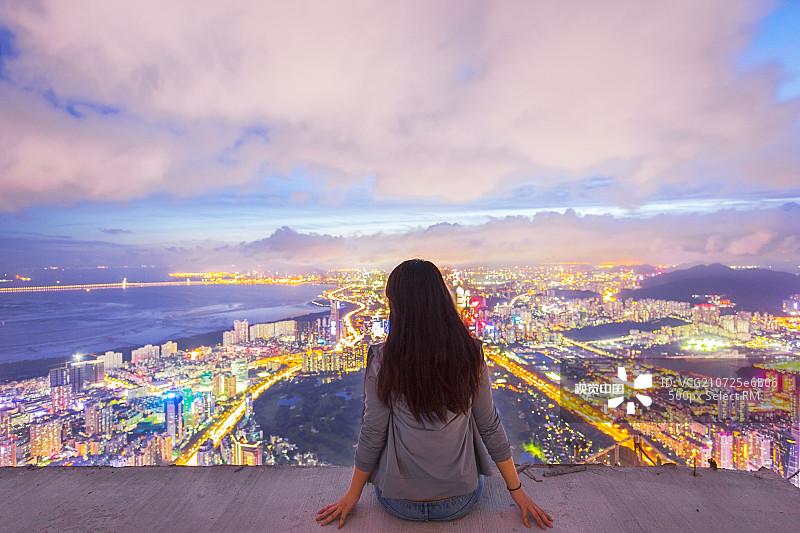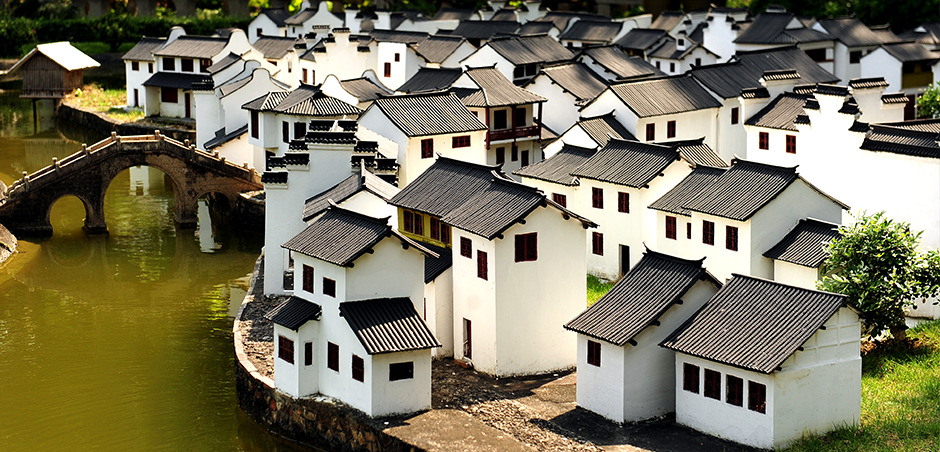Full coverage: China's reform and opening-up, 40 years on
By Qian Ding, CCTV.com reporter
Shenzhen, a boomtown in southern China's Guangdong province, is known for its transformation from a tiny fishing village into a vast metropolis. In 2017, Shenzhen surpassed Beijing, Guangzhou and Shanghai to become the most appealing city for the Chinese public. The average age of population in Shenzhen is 32.1 years old, which makes it one of the youngest cities in the country. So what makes the city so popular, especially among the youth?

An inclusive culture
Instead of Cantonese which is the local dialect of Guangdong province, Mandarin is more accepted in Shenzhen. With nearly 70% of the provincial population who are migrants, Shenzhen appears to be a smaller version of the country. Just like its famous tourist site "Splendid China" where visitors can find more than 100 miniaturized major tourist attractions at a park laid out like the map of China, Shenzhen has become a melting pot of the country.

"Splendid China" reflects the culture, art, architecture, customs of various nationalities in China. Most attractions have been reduced on a scale of 1:15. (Photo/ "Splendid China")
The slogan for the city is "Shenzhen is home to all who resides." Wang Jiao, a girl from Qingdao, told CCTV.com that she never feels like an outsider in Shenzhen, since many residents hail from other cities, towns or villages. Not like "Beijingers," nor "Shanghainesses", anyone can be a "Shenzheness."
The diversity has pushed forward local development of cultural industry. In 2017, its industrial added value exceeded 224 billion yuan (about 35 billion U.S. dollars), which accounted for more than 10 percent of the city's GDP. Additionally, Shenzhen holds 17 national level cultural industrial platforms and bases and is home to more than 50,000 cultural and creative companies with more than 900,000 employees.
Innovation hub
Innovation has been widely recognized as the primary engine for growth. Home to some of the most successful tech companies, Shenzhen is considered as a microcosm of China's innovation development.
Huawei, a tech giant headquartered in Shenzhen, is the largest telecommunications equipment manufacturer in the world. It is reported that the company spent 11 billion U.S. dollars on R&D in 2016, 1 billion more than Apple Inc. had spent.
Da Jiang Innovation (DJI), the world leader in commercial and civilian drone industry, headquartered in Shenzhen with manufacturing facilities throughout the world. In 2017, the company was awarded with Technology & Engineering Emmy Award for its camera drone technology.
Tencent, one of the largest internet and technology companies and world's largest social media company, has its twin-skyscrapers headquarters located in Shenzhen. As of January 2018, the company has a market value of 580 billion US dollars and surpassed Facebook in market value on November 20, 2017.
Meanwhile, Shenzhen has more than 350 listed companies of which private enterprises make up more than 69%, compared to Beijing (51.46%), Shanghai (47.08%) and Guangzhou (56.7%). Therefore, the city has become a dreamland for many tech talents and entrepreneurs.
Greening Shenzhen
Located within the Pearl River Delta and with over 160 rivers or channels flowing through the city, Shenzhen is known for its river views and afforestation. In the late 1980s, as the front-line of reform and opening up, waters around Shenzhen used to be severely polluted with uncontrolled discharge of liquid and solid waste by manufacturing factories. But people have realized the importance of ecological environment. During the past 20 years, over 200,000 square meters of lakes have been restored and nearly 40,000 square meters of mangroves have been planted.

Mangrove nature reserve on the coast of Shenzhen, about 100,000 migratory birds are resting here before departing to Australia. (Photo/ Xinhua News)
Today people are more aware of environmental protections. Guide lines to garbage classification can be found in schools, hospitals, residency buildings, even in subways.

Graphic description of garbage classification in subway. (Photo/ Qian Ding)
Shenzhen has better air quality compared with other major Chinese cities. Besides, its urban area is much smaller than Beijing, which makes it easier for residents to commute. As it is the closest Mainland city to Hong Kong, residents share numerous benefits from bilateral communications.
Since 'reform and opening up' policy was formally introduced in 1978, Shenzhen, as one of China's first special economic zones, has seen the whopping changes. Today, the city is facing a series of challenges just like other big cities in the country.
According to data provided by China Real Estate Information Corporation (CRIC), the average price of commercial housing in Shenzhen (including primary housing, apartments and commercial offices) has increased from 14,306 RMB per square meter in 2007 to 5,7013 RMB per square meter now, up 299%. Prices in Longgang district where Huawei is based, have risen by 285% over the past decade. Not long ago, the company relocated its 2700 workers to Dongguan, a place with cheaper housing.
The growing cost of living makes some people worried, but many people still choose to stay. Just like Wang Feng, a 25-year-old stock dealer said, "I love Shenzhen, I'd like to stay here, but if I can't, I can go back to my hometown with better work experience. Shenzhen opens my mind, this is the most important thing."
(The opinions expressed here do not necessarily reflect the opinions of Panview or CCTV.com. )

Panview offers a new window of understanding the world as well as China through the views, opinions, and analysis of experts. We also welcome outside submissions, so feel free to send in your own editorials to "globalopinion@vip.cntv.cn" for consideration.
















